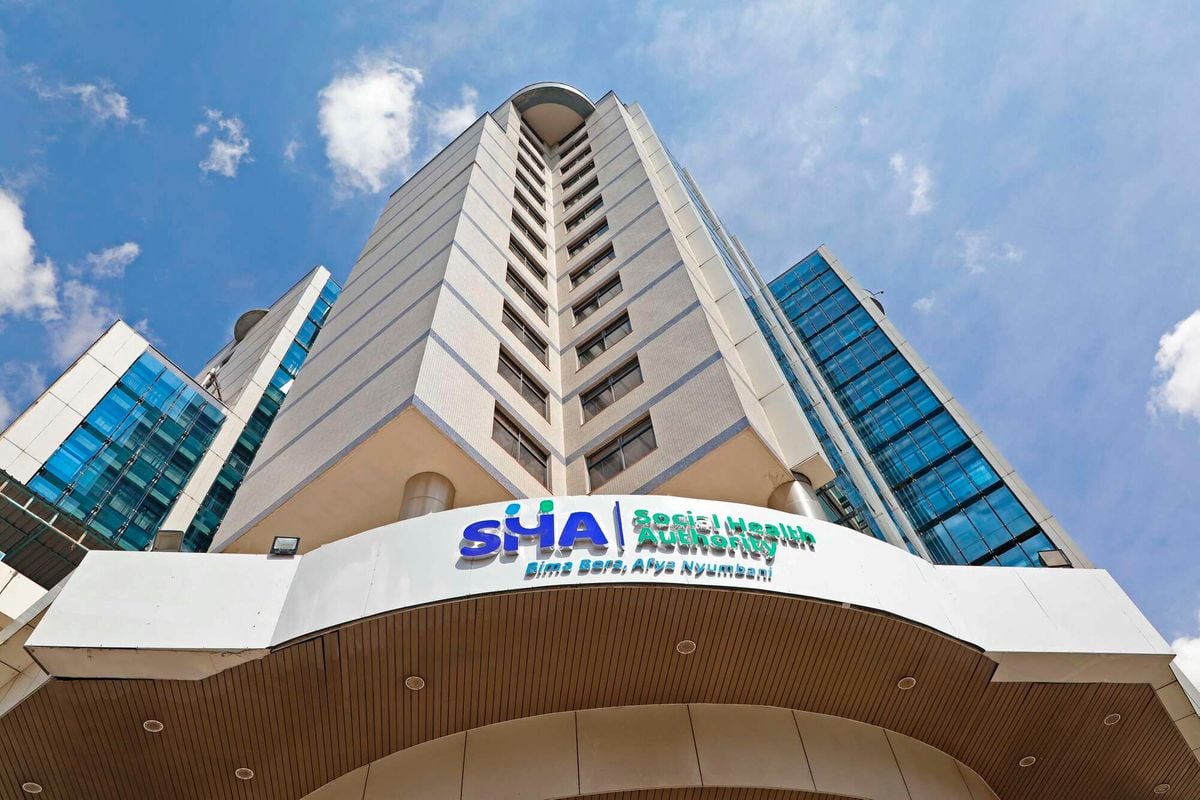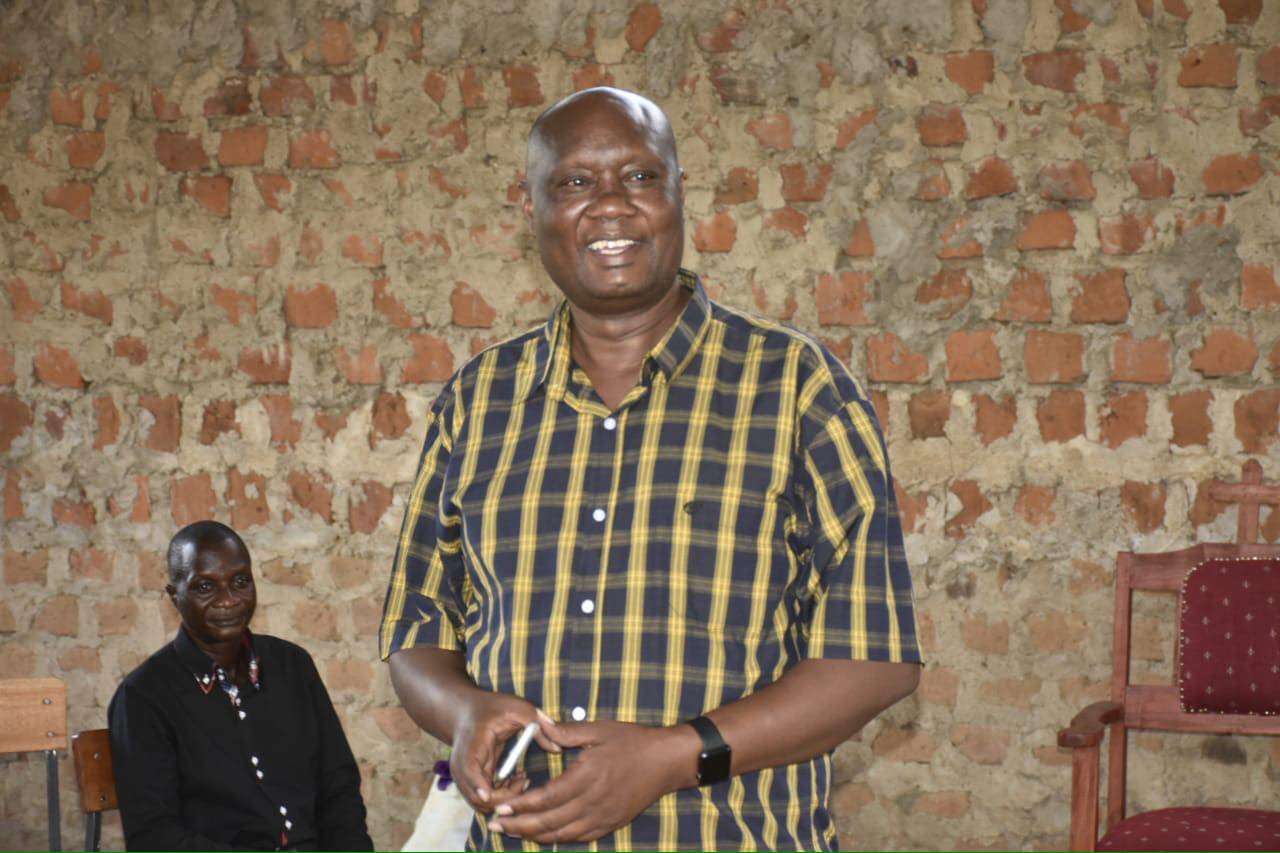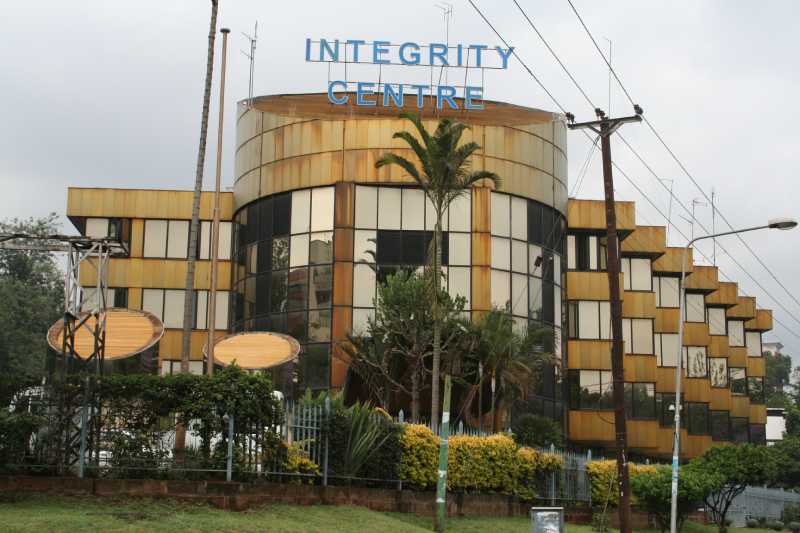By The Weekly Vision Reporter
Kenya’s hospitals are drowning in a KSh10 billion debt mess left behind by the defunct National Health Insurance Fund (NHIF), and it’s hitting faith-based, private, and county facilities the hardest. Many are now teetering on the brink of closure, unable to pay staff or restock essential supplies.
About half of the debt, KSh5.3 billion, comprises smaller unpaid claims of below KSh10 million per hospital. The largest single bill stands at KSh9.9 million, while the smallest is just KSh300. Health Cabinet Secretary Aden Duale laid out the grim details before Parliament’s Health Committee, chaired by Seme MP Dr James Nyikal, yesterday.
He said the government plans to prioritise settling the smaller debts first. “Once the Supplementary Budget gets the green light, we’ll start paying those verified claims immediately,” Duale assured. He added that his ministry is already working with the new Social Health Authority (SHA) to cross-check every invoice.
The CS appealed for parliamentary support, stressing that the old NHIF debt, not the new Social Health Insurance Fund (SHIF), is the real crisis crippling Kenya’s healthcare system. “Hospitals are collapsing under these unpaid bills,” he warned.
Take St Mary’s Mumias Mission Hospital in Kakamega, for example. Even after receiving fresh payments from SHA, it is still owed nearly KSh40 million in pending NHIF arrears. Duale said more than 15 doctors have been deployed to verify claims, and the process should conclude within a month, just in time for the Supplementary Budget vote.
“Only verified claims will be paid,” he emphasised, adding that the government is finally tightening standards for ambulance services. A nationwide mapping and inspection exercise is underway across all 47 counties to ensure every ambulance meets approved equipment levels, has trained personnel, and can respond swiftly, especially in remote areas.
SHA is also rolling out an Ambulance Evacuation Services Benefit and establishing a National Ambulance Dispatch Centre (NADC) to handle emergencies nationwide, ending the long-standing requirement for patients to pay cash upfront. The new system will coordinate public, private, faith-based, and county ambulances under a single national command framework.
Soon, Kenyans will be able to access emergency care through a toll-free hotline linked to SHIF, ensuring that no household faces financial ruin over an emergency.
And there’s good news for cancer patients, too. SHA plans to raise the cancer treatment cover from the current KSh550,000 to KSh1 million over the next three years. CEO Dr Mercy Mwangangi said the present cap is inadequate, with about 10 per cent of patients exhausting their limits before completing treatment.
The proposed rollout will see coverage increased to KSh600,000 next year, KSh800,000 the following year, and KSh1 million in the third year. SHA is also developing a more refined model to align benefits with the varying costs of different cancers.
Currently, SHA supports around 35,000 cancer patients, but data suggests the true number could be closer to 50,000.
Once the verification process is complete and the Supplementary Budget approved, the government aims to clear all legitimate NHIF debts, unify ambulance operations, and expand cancer care coverage.
If fully implemented, the plan could finally stabilise Kenya’s fragile health system and give struggling hospitals, as well as patients, some much-needed breathing space.





